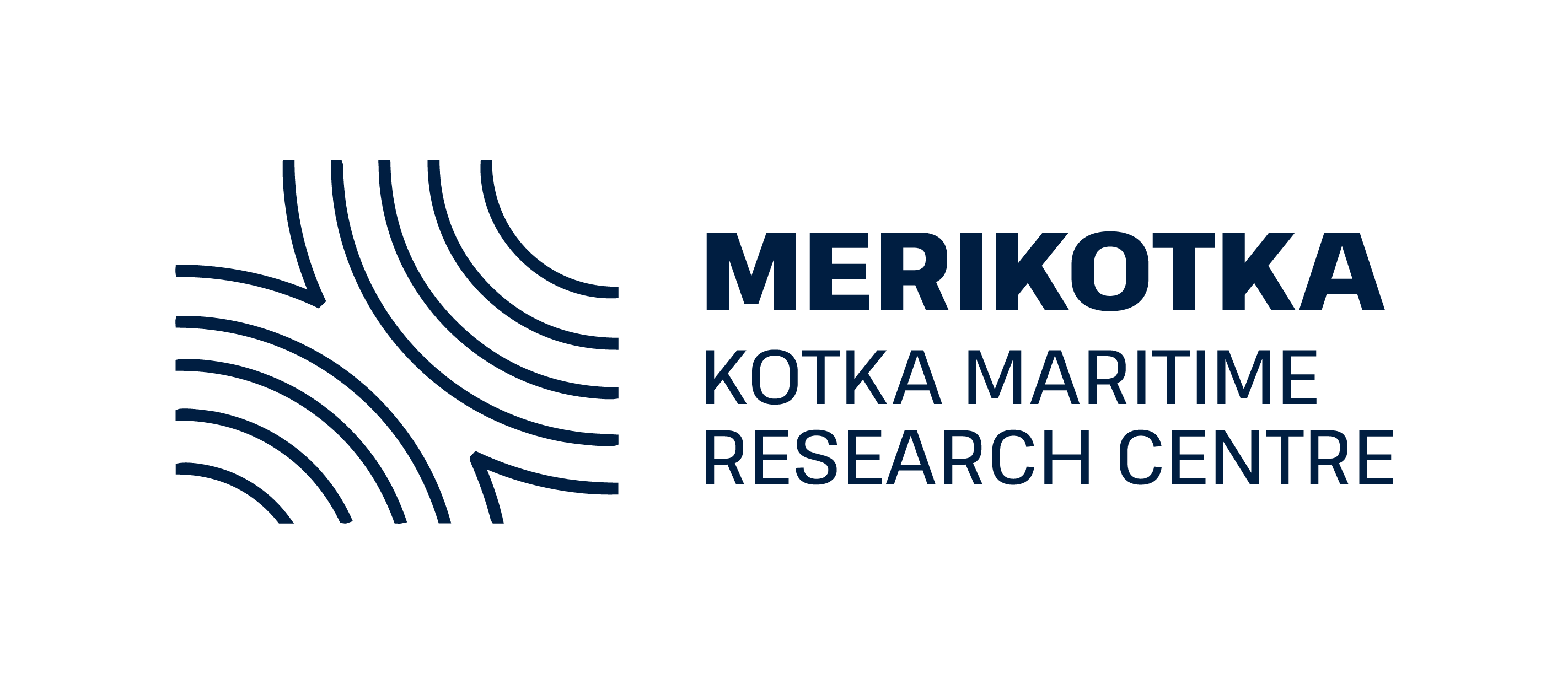The role of leisure boats in the spreading of alien species in the Baltic Sea Region is largely unknown. The number of leisure boats operating in the Baltic Sea Region is growing, and the risk of potential new introductions is also increasing. It is essential to be aware of this risk and its magnitude in order to address the issue with the most cost-effective measures. As a part of COMPLETE activities, a study will be carried out in summer 2020 together with Kari “Ruffe” Nurmi and his sailing boat, which will be literally used as an experimental vessel.
The aim of the experiments is to test with a single sailing boat, how different kinds of anti-fouling paints common in the market can affect the growth of biofouling organisms during a normal sailing season in the Baltic Sea Region. In addition, some strips in the hull will be left unpainted, to act as reference areas. In this way a comparison can be made, how different antifouling paints work in practice in similar ‘real life’ conditions and verify if there are any alien species present in the potential fouling communities.
During the sailing season, the biofouling growth will be checked with an underwater video camera. The boat will be lifted after the sailing season and samples will be collected from the different strips on the boat hull and the hull will be photographed. From these samples a detailed analysis will be made by the COMPLETE project partner Finnish Environment Institute about the coverage of biofouling, the species composition and especially the presence of alien species. This kind of experimental study is first of its kind in the Baltic Sea Region, and the results will give an insight to the potential transfer of alien species with leisure boats. The results will also be taken into account when giving recommendations from the COMPLETE project on how to mitigate potential risks related to biofouling of leisure boats in the Baltic Sea area.
More information: COMPLETE project.










